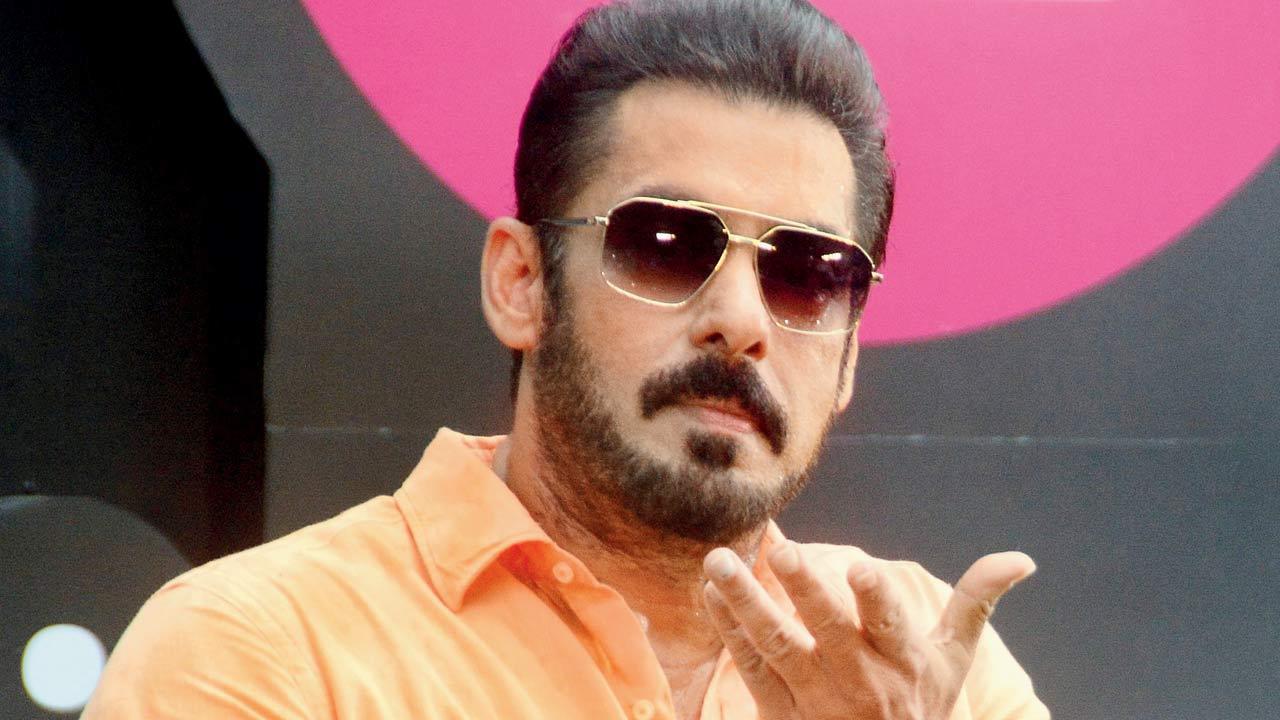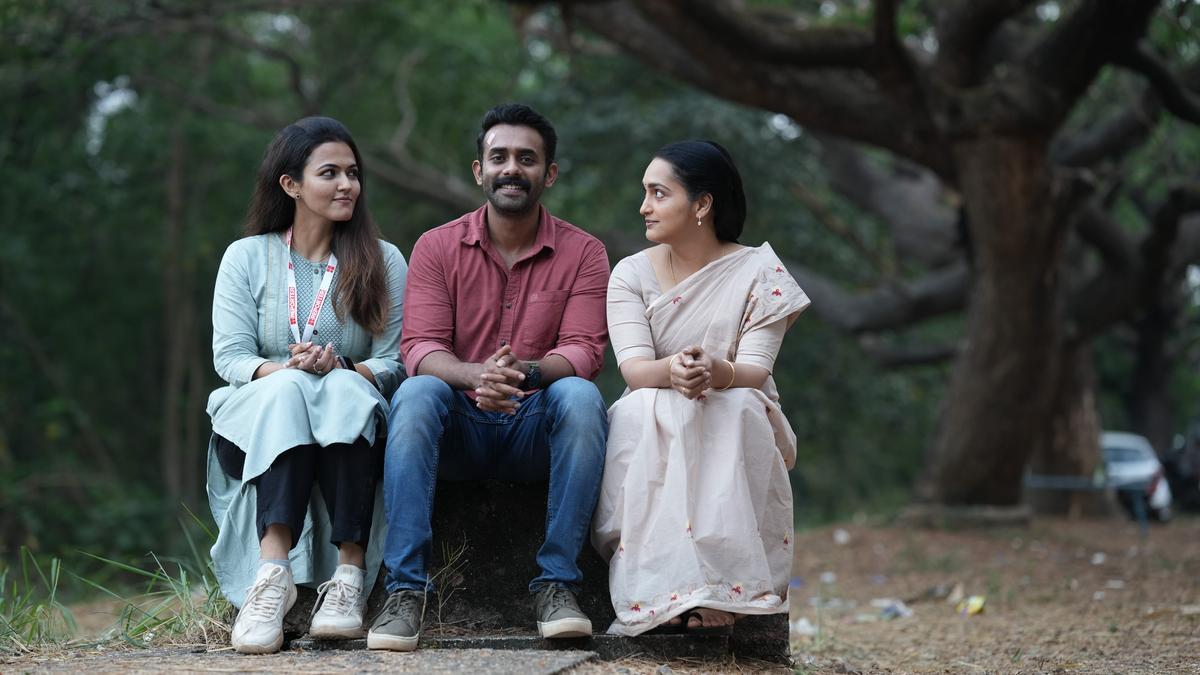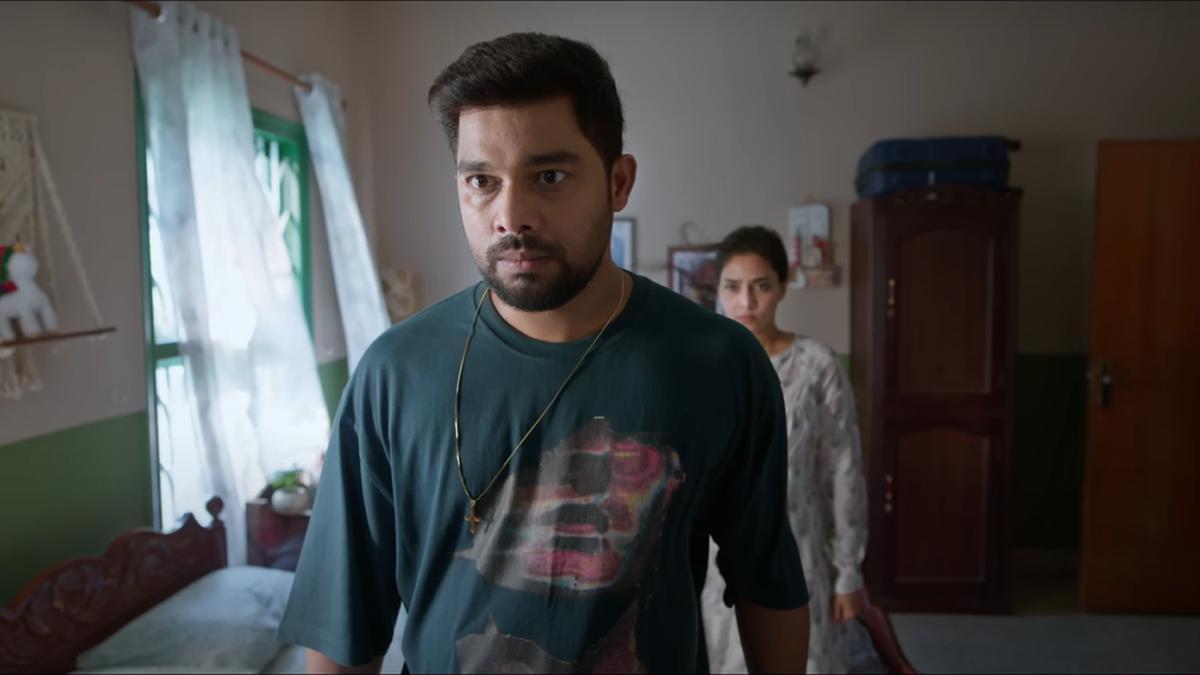
“Dedicated to the crowd,” proclaims one of the introductory credits of “Gaami,” a Telugu film initially propelled by crowd-funding efforts before gaining the backing of prominent production house UV Creations. The movie, helmed by first-time director Vidyadhar Kagita and producer Karthik Sabareesh, was crafted over seven arduous years. It boldly diverges from the staple narratives of Telugu cinema, favoring a more immersive, unhurried storytelling approach. Witnessing the film unfurl on one of the grandest screens in the country, one can’t help but admire the narrative intricacy and technical prowess that culminate in a visual feast.
Director Vidyadhar Kagita makes a confident debut, while actor Vishwak Sen delivers a powerfully subdued performance, even when his character’s dialogue is sparse. Audiences accustomed to mainstream cinema may need a dose of patience to fully appreciate “Gaami,” but those who invest the time are rewarded with a unique cinematic experience.
The film immediately draws viewers into the life of its protagonist, Shankar, portrayed by Vishwak Sen. He’s depicted struggling within an Aghora ashram, secluded in Haridwar. Intricate production design by Pravalya Duddupudi and artful cinematography by Vishwanath Reddy and Rampy Nandigam paint Shankar’s inability to experience human touch—a condition some Aghoras claim to be a curse. This central struggle, along with Shankar’s quest for identity, is slowly revealed throughout the screenplay, crafted by Vidyadhar and Pratyush Vatyam.
Resembling a mythic tale, Shankar hears of a curative mushroom found in the Himalayas, blooming once every 36 years. Hope is hung on stringent conditions and a fleeting opportunity. But “Gaami” is more than Shankar’s Himalayan odyssey. It weaves two additional narratives that, through changes in visual texture, color palette, and musical atmospheres by Naresh Kumaran and Sweekar Agasthi, add depth to the film’s intricate storytelling.
In one story arc, a clandestine medical camp subjects youth to hazardous experiments like lobotomy. Here, a desperate adolescent known only as CT-333, played by Mohammad Samad, longs for escape. Meanwhile, in a Telugu village, a woman named Durga, portrayed by MG Abhinaya, faces the impossibility of shedding her ‘Devadasi’ past, propelling her daughter Uma, played by Harika Pedada, into a fight for survival.
The deliberate pacing of these narratives emphasizes emotional resonance and uses silence to evoke helplessness, eeriness, or self-discovery as the story demands. The characters, each on a quest for liberation, find themselves in confining or expansive settings that reflect their inner journeys. From the stifling medical camp to the daunting Himalayas, the visuals deliver an acute sense of place.
In contrast to the timeless pursuits of the main characters, “Gaami” introduces Jahnavi, a modern urbanite played by Chandini Chowdary, seeking her own form of miraculous healing. Her character acts as a conduit, bridging the audience to Shankar’s plight.
The perilous ascent undertaken by Shankar and Jahnavi into the Himalayas bears echoes of the journey in “Yevade Subrahmanyam,” yet in a more complex context. Moments of suspense are masterfully interposed with glimpses of hope, and scenes inside the medical camp are particularly intense, earning the movie its ‘A’ rating but engendering strong audience investment in the characters’ survival.
As the climax approaches, some may anticipate the story’s trajectory, but its unfolding still brings satisfaction and evokes a sense of spiritual reflection, especially given Shankar’s name and his odyssey mirroring Hindu mythology. The performances, from Vishwak Sen’s unwavering Shankar to the desperate plight of CT-333 and Uma, compel viewers to root for their success. Chandini’s Jahnavi may seem secondary initially but eventually emerges as a pivotal force, questioning the fate of those who seek and who find.
While “Gaami” is ambitious in its scope, it is not without flaws. Certain sequences in the Himalayas fall short of awe-inspiring, but these minor criticisms do not detract from the film’s overall impact. “Gaami” stands as a remarkable indie project within Telugu cinema and promises a layered experience that might reveal new facets upon subsequent viewings. This film is a testament to the courage of its creators and a bold step for regional indie filmmaking.










